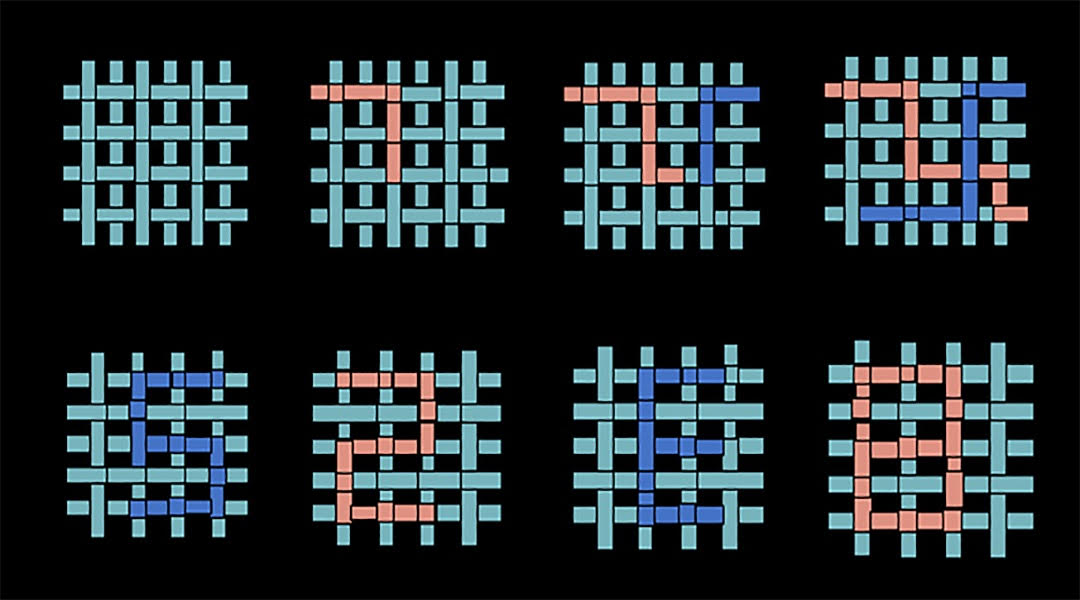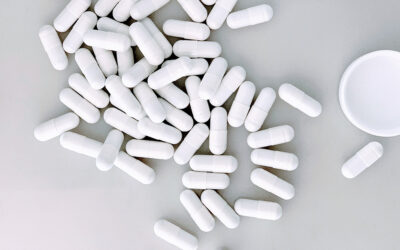Artificial spider silk wound dressings help manage infection
When we get injured, skin and soft tissue damage is an extremely common result and it can, in some cases, pose a significant risk to our health and wellbeing. Monitoring and promoting wound healing is therefore an important part of the medical response.
Textile dressings are routinely used to staunch bleeding and protect wounds from infection. However, there is much room for improvement. For example, the chemical makeup of many of these dressings causes environmental pollution after the material is discarded. In addition, the textiles often have low elasticity, making them unsuitable for wounds in areas that need to move, such as wrists, ankles, and other joints. Most dressings also fail to help doctors and patients monitor recovery, even though pH and inflammation factors in the fluid secreted from surrounding tissues during wound healing change during the recovery and could therefore be used as indicators.
Researchers led by Professor Bing-Fang He at Nanjing Tech University in China are working to design improved textiles that can monitor and promote wound recovery. The ideal material would have high elasticity, good biocompatibility (i.e., not cause inflammation or irritation in living tissue) and provide information about wound recovery.
To meet this need, the team developed an artificial spidroin woven textile. Spidroins are the main proteins in spider silk, which is known for being strong and flexible, and are already in use in various biological and industrial settings, for example as surgical stitches.
To create the spidroin, the team used gene fusion technology. The spider gene responsible for spidroin production was added into E. coli bacteria. The bacteria then produce and excrete spidroin, which is collected and purified by scientists before being transformed into the final woven textile.
The textile was integrated with photonic crystals — nanostructures that affect the motion of photons and are present in iridescent materials such as opals, reflective fabrics, and the color-changing skin of chameleons. Incorporating photonic crystals into the textile causes the dressing to change color based on the pH of the wound drainage, which can be used to indicate the presence of infection.
Bingbing Gao, associate professor at Nanjing Tech University and one of the study’s corresponding authors, said that by using photonic crystals, “Wound healing can be directly observed by the color change to the patient or doctor. [The dressing] will show different colors in solutions with different pH values…bacterial infection can be determined according to the pH value of the wound environment…if the pH is 7-9, the bacterial growth is flourishing, and the doctor can increase the combination of antibiotics here.”
As with other forms of spider silk this new textile is strong and has high elasticity, making it suitable for use in areas which move and flex. It also showed good biocompatibility when used on injured laboratory mice and it quickly degrades into non-environmentally hazardous components when discarded.
Another benefit of the spidroin fabric is the texture of the material. It contains microscopic channels that can guide wound secretions away from the site of injury, whereas other dressings often cause a build-up of secretions in the immediate vicinity of the wound.
“Artificial textile also can be used to prevent or reduce infection,” said Gao. “[It] protects the wound from direct contact with the outside world and reduces bacterial infection. At the same time, [it] is highly permeable to reduce infection while ensuring oxygen demand during wound recovery.”
Now that this new artificial spider silk has been created and shown to be suitable for wound dressings, the next step is to further refine the textile. “So that it can truly be comparable to the mechanical properties of natural spider silk protein,” said Gao. “In addition, we will expand the application of high molecular weight spider silk protein, and develop wound textiles with more elasticity, toughness, biocompatibility, air permeability and other advantages, especially in the application of artificial skin.”
Reference: C. Cheng, et al., Artificial Spider Silk Based Programmable Woven Textile for Efficient Wound Management, Advanced Functional Materials (2021). DOI: doi.org/10.1002/adfm.202107707

















